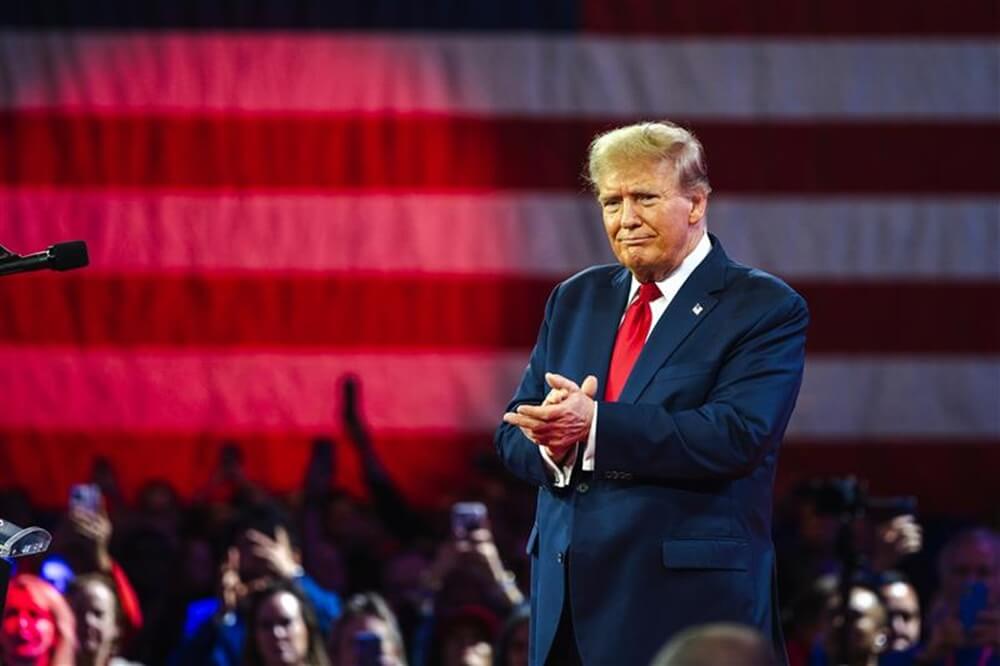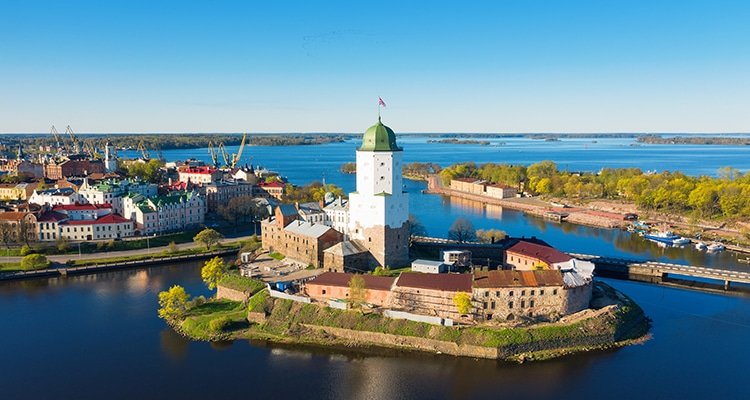Though giant pandas are no longer endangered, they are vulnerable, as declared in 2016 by the International Union for Conservation of Nature (IUCN)
Just say ‘panda’ and one begins to imagine cute, cuddly images of adorable animal species of the bear family. While children happily clutch at giant panda soft toys with their black and white markings and prominent black eye patches, all others go cooing at the very sight of it.
Expansion of habitats is a major conservation effort of China that has managed to save this iconic animal.
Hogging a lot of limelight this past one week, it has given two different reasons for its admirers to rejoice. Having been labelled the cutest of all peacemakers for forging political friendships, giant pandas Meng Meng and Jiao Qing arrived at the Berlin zoo last week.
This was a token of friendship from China ahead of a meeting between President Xi Jinping and Angela Merkel. Close on its heels, there was jubilation all around when news of giant panda twins being born at the ZooParc de Beauval in central France came in on Monday.
The gift to Berlin is not surprising as parts of the German industry are dependent on China, so “panda diplomacy” helps bring harmony and opportunities for both sides. Xi, on the other hand, needs allies, and Germany tops the list.
Quick to assess and seize upon this huge panda advantage, way back between 1957 and 1983, China went on to gift 24 pandas as gestures of friendship to nations, including the Soviet Union, the Democratic People’s Republic of Korea, the United States of America, and the United Kingdom. It was in 1984 that China’s Paramount Leader Deng Xiaoping modified the diplomatic strategy, stating that this global icon would be loaned instead of being gifted.
Meanwhile, in France, the newly born giant panda twins were described as “very lively, pink and plump,” born to Huan Huan and her partner Yuan Zi, weighing just 149g (0.3lb) and 129g.
Officials went so far as to say, it was an “exceptional” event, so excited they were over the new arrivals. A full-grown giant panda is about 2 or 3 feet (60 to 90 centimeters) tall at the shoulder (on all four legs), and reach 4 to 6 feet (1.2 to 1.8 meters) long, weighing around 250 pounds (113 kilograms).
Huan Huan was especially taken care of during her labour by veterinarians who came in from China and chatted with her in Chinese to further pamper and put her at ease during her labour. Interesting to note here, that pandas seldom ‘get in the mood’ so their reproduction is extremely tough. But things are different for Huan Huan – she is also mum to Yuan Meng, the first panda to be been born in France.
Though giant pandas are no longer endangered, they are vulnerable, as declared in 2016 by the International Union for Conservation of Nature (IUCN).
Their number in the wild has reached 1,800. And the effect of this latest classification upgrade can be seen across social media in which expressions of absolute delight has poured in.
“This is the result of years of hard work. Well done to all the conservationists,” one person wrote on microblogging platform Weibo.
Repopulating bamboo forests has led to this success as bamboo makes up 99% of their diet. Each day they must eat 38kg worth of bamboo, or they are likely to starve.
Due to lack of adequate supply of fresh bamboo, Calgary zoo has had to return its pair of pandas to China ahead of schedule. The level of expenditures to keep pandas can be gauged from the fact that Copenhagen Zoo opened a panda enclosure in 2019 for two pandas for a whopping $24 million. They were on lease from China for 15 years and carried a price tag of $1 million annually.
Expansion of habitats is a major conservation effort of China that has managed to save this iconic animal. “Just by restoring the panda’s habitat, that’s given them back their space and made food available to them,” Craig Hilton-Taylor, Head of the IUCN Red List has rightly said.
As the spotlight grew bigger, World Wildlife Fund could not resist its charm and the panda found its way to the logo that was inspired by Chia-Chia and Ching-Ching that arrived at the London Zoo in 1974 from China. It is an avowed fact that no better recognition could be accorded to this cuddly diplomat as today it sits pretty on this prestigious space.











